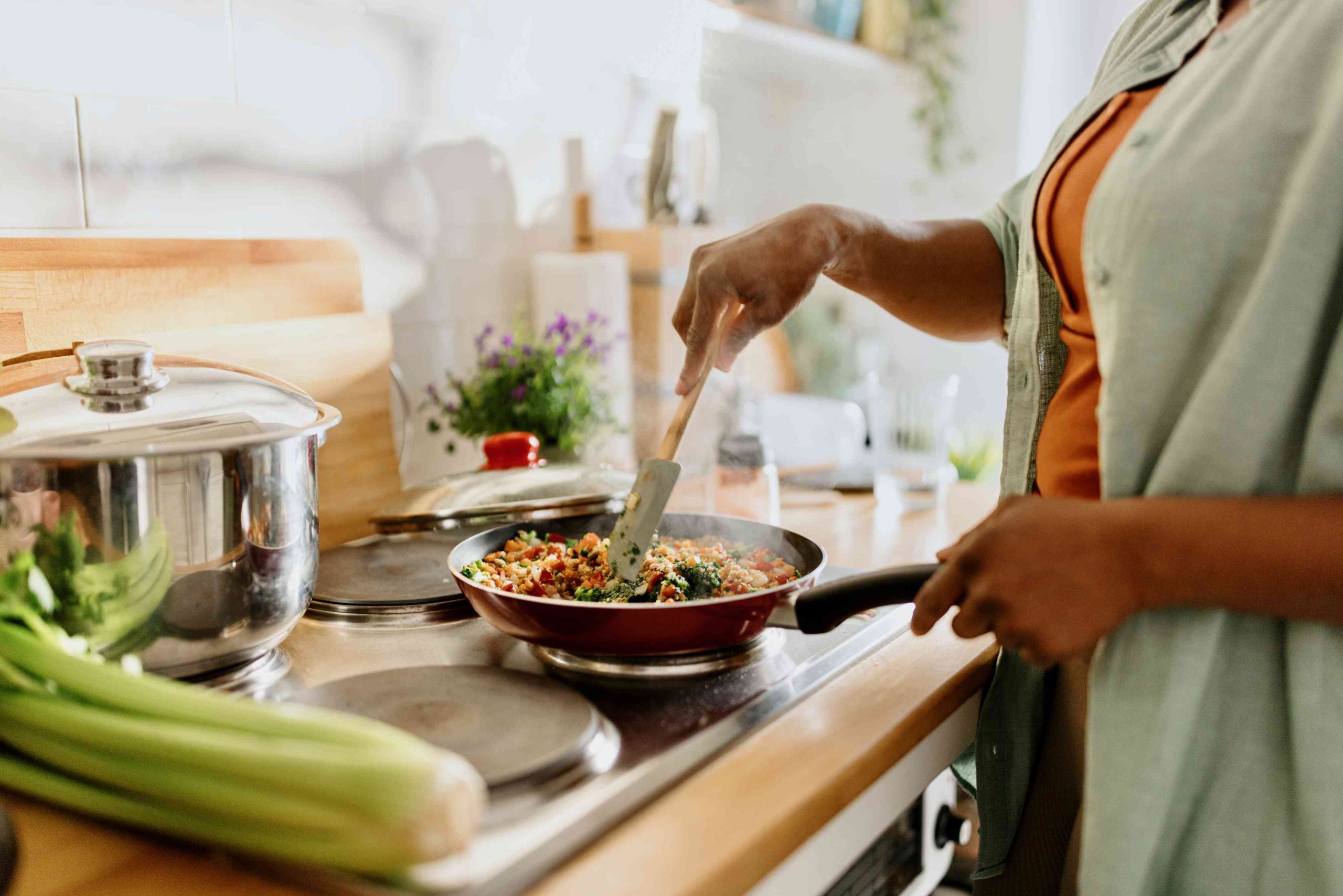Cooking and Health: How Home Cooking Can Transform Your Wellbeing

In today’s fast-paced world, grabbing takeout or heating up a frozen dinner may seem like the easiest solution to mealtime. But what many people overlook is how profoundly our cooking habits influence our health. Cooking at home not only gives you control over what goes into your meals, but it also connects you more deeply to your nutrition and well-being.
In this post, we’ll explore the relationship between cooking and health, and how embracing the kitchen—even in simple ways—can help you feel better, live longer, and even save money.

1. Why Cooking Matters for Health
Cooking is more than just a chore or a hobby—it’s a fundamental pillar of a healthy lifestyle. Here’s why:
a. Control Over Ingredients
When you cook at home, you know exactly what’s going into your food. That means:
-
Less sodium, sugar, and unhealthy fats
-
More whole foods, vegetables, and fiber
-
Fewer preservatives and additives
This control helps you make meals that suit your dietary needs, whether you’re cutting back on carbs, reducing salt for blood pressure, or avoiding allergens.
b. Portion Control
Restaurant and fast-food portions are often much larger than necessary. At home, you decide how much is on your plate, which can prevent overeating and weight gain.
c. Encourages Balanced Eating
Cooking encourages variety. You’re more likely to experiment with different vegetables, grains, and proteins, creating a more nutritionally balanced diet.
2. The Nutritional Benefits of Home Cooking
Numerous studies have shown that people who cook more meals at home consume:
-
More fruits and vegetables
-
Less sugar and processed food
-
Fewer calories overall
Here are some specific health benefits:
a. Weight Management
Home-cooked meals are generally lower in calories than restaurant food. Cooking helps you avoid the hidden fats and sugars found in processed meals, making it easier to maintain or lose weight.
b. Better Heart Health
Cooking with heart-healthy oils (like olive oil), using lean proteins (like fish and legumes), and reducing salt can all lower your risk of cardiovascular disease.
c. Improved Gut Health
Cooking with whole foods—especially fiber-rich ones like vegetables, beans, and whole grains—supports a healthy gut microbiome. A happy gut means better digestion, immunity, and even mood.
3. Emotional and Mental Health Benefits
Cooking can be incredibly therapeutic. Here’s how it helps your mind as much as your body:
a. Stress Reduction
Chopping vegetables, stirring a sauce, and following a recipe can be meditative. Cooking can be a calming ritual at the end of a stressful day.
b. Creativity and Confidence
Trying new recipes and mastering new skills in the kitchen builds confidence and sparks creativity.
c. Stronger Relationships
Sharing a home-cooked meal with family or friends strengthens bonds. Even the act of cooking together can be a meaningful way to connect.
4. Common Barriers to Cooking—and How to Overcome Them
Many people want to cook more but face obstacles like lack of time, skill, or motivation. Here’s how to address those challenges:
a. Time
Solution: Try meal prepping. Set aside a couple of hours one day a week to prepare meals in advance. Also, focus on simple, one-pan or slow cooker meals that don’t require constant attention.
b. Skill
Solution: Start small. Learn a few basic techniques like boiling, sautéing, or roasting. There are endless free tutorials online that can guide you step-by-step.
c. Budget
Solution: Cooking at home is typically cheaper than eating out. Plan meals around seasonal ingredients and staples like rice, beans, and eggs. Buy in bulk where possible.
5. Tips for Healthier Cooking at Home
Here are some simple ways to make your home-cooked meals healthier without sacrificing flavor:
a. Use Healthy Cooking Methods
Opt for baking, steaming, grilling, or sautéing over deep-frying. These methods use less fat and retain more nutrients.
b. Cut Back on Salt and Sugar
Use herbs, spices, lemon juice, garlic, and vinegar to add flavor without relying on salt or sugar.
c. Choose Whole Grains
Switch white rice, bread, and pasta for brown rice, whole grain bread, and whole wheat pasta.
d. Add More Veggies
Sneak vegetables into dishes whenever you can—blend spinach into smoothies, add shredded carrots to sauces, or top pizza with mushrooms and peppers.
e. Watch Your Oils
Use heart-healthy oils like olive oil or avocado oil, and be mindful of how much you use—even healthy fats are high in calories.

6. Cooking with Kids: A Healthy Start
Teaching kids to cook from a young age sets the foundation for a healthy life. Involving children in the kitchen helps them:
-
Develop healthier eating habits
-
Learn practical life skills
-
Build a positive relationship with food
Simple tasks like washing vegetables or stirring batter make kids feel involved and excited about eating what they helped make.
7. From Kitchen to Lifelong Health
Cooking isn’t just about feeding your body—it’s about nurturing your health in a holistic way. When you take time to prepare meals with care and intention, you’re investing in your long-term wellness.
Even cooking just a few times a week can:
-
Lower your risk of chronic diseases
-
Help maintain a healthy weight
-
Improve your mood and energy levels
-
Strengthen your immune system
